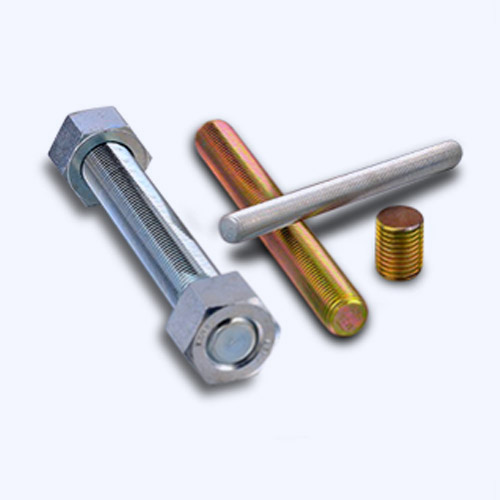Nov . 25, 2024 19:22 Back to list
hex metric nut
Understanding hex metric nut A Comprehensive Guide
In the world of fasteners, the hex metric nut is a crucial component often used in various engineering applications. These nuts are essential for securing bolts and components together, making them indispensable in construction, automotive manufacturing, and machinery assembly. Understanding the intricacies of hex metric nuts is vital for anyone involved in DIY projects, mechanical engineering, or any field requiring fastening solutions.
What is a Hex Metric Nut?
The term hex metric nut refers to a hexagonal-shaped nut designed to fit on metric bolts. The hexagonal shape allows for easy gripping and turning using a wrench or socket, making the installation and removal processes straightforward. The term metric indicates that the dimensions and thread specifications conform to the International System of Units (SI), which is widely adopted in engineering practices across the globe.
Dimensions and Standards
Hex metric nuts are available in various sizes, adhering to specific standards such as ISO 4032, which defines the general specifications for hex nuts. The size of a nut is specified by its thread diameter and the pitch, which is the distance between threads. Common thread sizes include M5, M6, M8, M10, and larger, depending on the application. The pitch can vary, with finer pitches suited for specialized applications where greater tensile strength is needed.
The thickness of hex metric nuts also varies, which influences their load-bearing capacity. Generally, thicker nuts can handle more stress, but the choice also depends on the specific requirements of the assembly or structure in which they are used.
Material and Coating Options
hex metric nut

Hex metric nuts are made from various materials, including steel, stainless steel, brass, and plastic. Steel nuts are common due to their strength and affordability, while stainless steel options provide excellent corrosion resistance, making them ideal for outdoor or marine applications. For specialized environments, such as in electronics or with certain chemicals, brass or plastic nuts can be employed.
In addition to the base materials, hex metric nuts can be coated for enhanced durability. Zinc plating is a popular method that offers protection against corrosion. Other coatings, such as black oxide or nylon, can also be utilized to improve performance and appearance.
Installation and Usage
When installing a hex metric nut, it’s essential to use the correct size and ensure proper tightening. Over-tightening can lead to stripping the threads on either the nut or bolt, while under-tightening may result in a loose connection that can compromise structural integrity. Tools like torque wrenches can help achieve the desired tightness without damaging the fasteners.
It's also important to consider the application environment. For instance, in high-stress environments, using locking nuts or nylon insert nuts can help prevent loosening due to vibrations.
Conclusion
Hex metric nuts play a vital role in fastening systems across many industries. Their standardized dimensions and compatibility with metric bolts make them an essential part of modern engineering. By understanding the various types, materials, and installation practices associated with hex metric nuts, professionals and DIY enthusiasts alike can ensure that their projects maintain structural integrity and durability. Whether you’re assembling machinery, constructing structures, or engaging in casual repairs, the right hex metric nut can make a significant difference in the quality and safety of your work.
-
The Ubiquitous Reach of DIN934 in Application Realms
NewsMay.16,2025
-
Exploring Different Bolt Types
NewsMay.16,2025
-
Cracking the Code of Sleeve Anchor Mastery
NewsMay.16,2025
-
Clamp Design Principles,Types and Innovations
NewsMay.16,2025
-
Artistry Inspired by the Humble Anchor Bolt
NewsMay.16,2025
-
A Deep Dive into Screw Types
NewsMay.16,2025


